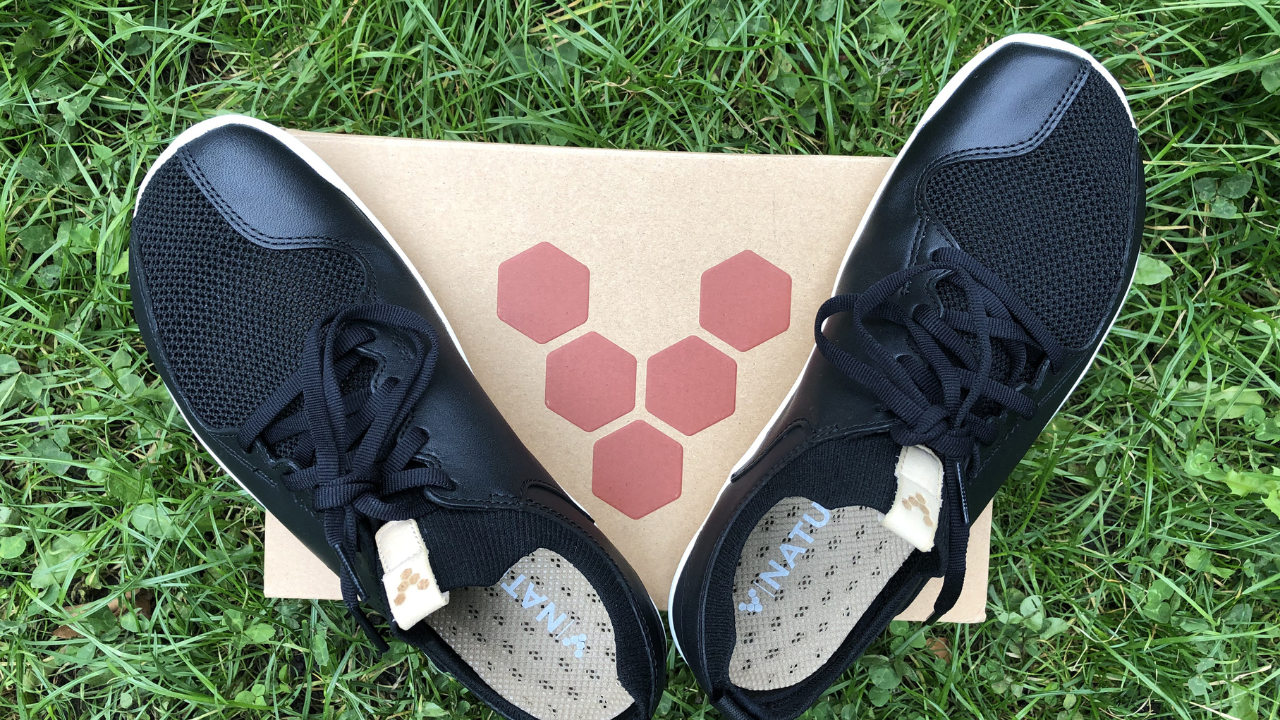The Beauty of Being Barefoot
Sep 15, 2020
This Blog is all about the benefits of being barefooted and how your footwear and your yoga practice can benefit more than just your tootsies! We don't often pay too much attention to our feet, but if you think about what they go through on a daily basis then perhaps we should take a bit more care of them... and I don't mean popping to the nail salon to get a quick pedi (although that is a bit lush!).
Have you ever considered that pain in the hips, pelvis or lower back may be a sign of something going on with the style of shoe that you wear regularly?
Along with our yoga practice, we can take many simple lifestyle steps to improve the mobility and strength of our feet. Inside our homes, it is valuable to walk barefoot whenever possible. Both for the sake of a clean house and to develop a greater feel for the surfaces under our feet, it is a good practice to leave shoes at the door. When barefoot at home, we can incorporate all sorts of foot yoga into our daily routines. Try lifting the arches and spreading your toes in the kitchen while waiting for your morning toast to pop or the kettle to boil.

-
Improved circulation to the feet - Even under normal circumstances you don’t get the same level of blood flow in your extremities than your core areas. If you’re overweight, have diabetes, or suffer from various other chronic diseases, the circulation to your feet may be even lower. Yoga is such a great and safe way to get your blood pumping better to the feet and toes, cells get the nutrients they need more efficiently and unlike high impact exercise, like running, the risk of injury is limited.
-
Better balance - balance is a skill like any other. You can improve it with practice, but it will decline quickly if you don’t. Unfortunately as we age, people tend to become less balanced and have a tendency to fall, in later life these falls can be fatal or be the beginning of a downward spiral where less physical activity means even poorer balance, mobility and independence. Yoga is perfect for balance training and reconnecting with the feet. Use it or lose it folks!
-
Increased flexibility & strength - strength and flexibility in the ankles and feet are a lot more important than most people realise. Strong, flexible ankles are critical for balance and yoga gently allows you to stretch the joints and engage the stabilising muscles - just think about all the good stuff happening next time you are standing on one leg!
-
Relief from pain - those of you that have suffered with a painful foot condition (planter fasciitis, Achilles tendonitis etc) will know that stretching the tight muscles, tendons and ligaments of the calves, ankles and feet can help recovery. Yoga gives you a great opportunity to gently loosen and stretch your tired, sore and inflamed soft tissues. Remember too, that foot pain doesn’t always stay in the feet. Discomfort and the foundation of your body can change the way you stand and walk and force other parts of your body to work harder to compensate - may be you can ‘yoga away’ pain in your knees, hips and back too :)
Check out this list of familiar poses that can all help with your trotters! You'll see most of these in our sequencing at some point, and now you can spend a quiet moment of reflection and give thanks to the feet and ankles when you're there :))
-
Chair Pose
-
Downward-Facing Dog
-
Extended Hand-To-Big-Toe Pose
-
Triangle Pose
-
Half Frog Pose
-
Mountain Pose
-
Reclining Hand-to-Big-Toe Pose
-
Warrior II Pose
- Designed to allow your feet to move like feet. Ultra thin sole protects but lets thousands of nerve endings do their job. You can bend, balance and bounce to your heart's content.
- Wide - a wide foot shaped shoe allows your toes (and crucially your big toe) to provide a stable foundation for natural, healthy movement.
- Thin - a thin, puncture-resistant sole helps maximise the sensory feedback available to the brain from thousands of nerve endings in each foot.
- Flexible - allows all the muscles, tendons and ligaments of the foot to load, splay and recoil, putting a natural spring in your step.
If you''re new to R1SE click below to check out our two intro offers. Come to R1SE either 4 times or an unlimited times in 2 weeks and see if we could help you be your best self.
Stay connected with news and updates!
Join our mailing list to receive the latest news and updates from our team.
Don't worry, your information will not be shared.
We hate SPAM. We will never sell your information, for any reason.
